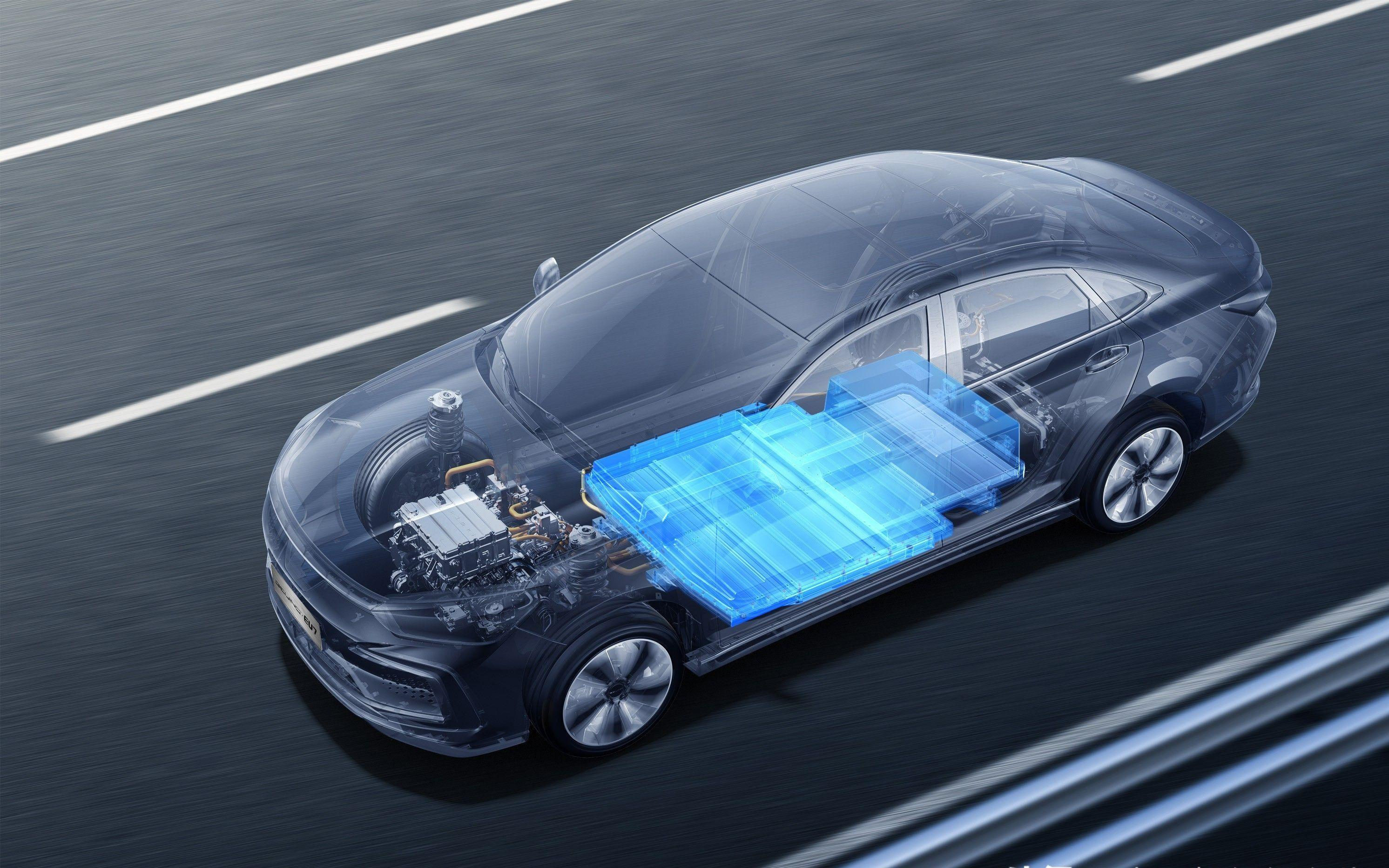Which is Better: BYD Battery or CATL Battery?
With the rapid growth of the new energy vehicle (EV) industry, traction batteries—often regarded as the “heart” of electric vehicles (EVs)—directly impact the overall performance of an EV. Among the numerous battery manufacturers, BYD and CATL stand as two giants, each achieving notable success in battery technology. However, for consumers, the question remains: which is better, BYD batteries or CATL batteries? This question merits in-depth exploration.

1. Overview of BYD Battery Technology
1.1 Blade Battery: Balancing Safety and Innovation
BYD’s Blade Battery is a central highlight of its battery technology. Essentially a lithium iron phosphate (LFP) battery, it uses a unique long, thin blade design, significantly enhancing space utilization and energy density within the battery pack. This design not only improves an EV’s driving range but also greatly enhances battery safety. The Blade Battery performs excellently in rigorous puncture tests, with no smoke or fire, demonstrating the solid chemical stability of lithium iron phosphate materials. Additionally, the Blade Battery’s LFP cathode material is relatively low-cost and offers a notable lifespan advantage during use.
1.2 Comprehensive Self-Sufficiency in BYD Battery Technology
BYD has achieved complete self-sufficiency in “three-electric” technologies, including the motor, electronic control, and battery. Its motor technology covers a variety of types, such as permanent magnet synchronous motors and AC asynchronous motors, meeting the needs of different models. In terms of electronic control technology, BYD has developed a comprehensive control system, including the VCU (Vehicle Control Unit), BMS (Battery Management System), and MCU (Motor Control Unit), ensuring integrated control across the vehicle’s systems, enhancing stability and safety.

2. Overview of CATL Battery Technology
2.1 NCM Battery: A Leader in Energy Density and Range
CATL focuses on developing nickel-cobalt-manganese (NCM) batteries, which stand out for their impressive energy density, contributing to a longer driving range. Through CTP (Cell To Pack) technology, CATL further enhances the energy density of the battery pack. By minimizing unnecessary components within the pack, CTP technology makes the battery pack more compact and increases its energy density. For example, CATL’s Kirin Battery uses advanced CTP technology, reaching industry-leading levels of volume utilization and energy density.
2.2 Dual Assurance of Safety and Longevity
Although NCM batteries excel in energy density, CATL has invested considerable efforts to ensure safety. Its batteries utilize various technical measures to extend battery life, including multi-layer safety protection mechanisms and temperature control systems. Additionally, CATL is actively researching new battery technologies like solid-state batteries and sodium-ion batteries to further improve battery performance and safety.

3. Comparison Between BYD and CATL Batteries
3.1 Trade-Off Between Safety and Range
BYD’s Blade Battery performs well in terms of safety, leveraging the stable chemical properties of lithium iron phosphate and its unique structural design to ensure stability under extreme conditions. However, in terms of energy density and range, the Blade Battery falls slightly short compared to CATL’s NCM battery. The high energy density of CATL’s NCM battery provides a longer driving range but comes with a slightly higher risk of combustion under extreme conditions.
3.2 Cost and Market Considerations
BYD’s Blade Battery holds a notable cost advantage due to the low cost of LFP materials and advanced manufacturing techniques. This allows BYD to offer competitive pricing while maintaining battery performance. Although CATL’s batteries perform exceptionally well, their high-quality materials and advanced manufacturing processes come with relatively high costs, which could somewhat affect the final price of electric vehicles.
3.3 Technological and Market Leadership
CATL holds a globally leading position in the traction battery sector. According to data from SNE Research, CATL achieved a global battery installation volume of 191.6 GWh in 2022, capturing a 37% market share and solidifying its position as the global leader. This success is primarily due to its excellent product performance, large-scale production capacity, and robust supply chain system. Meanwhile, BYD has carved a unique path in the battery sector through independent R&D and vertical integration, gradually expanding its share in the battery market.

4. Key Factors in Consumer Choice
4.1 Prioritizing Range or Safety
For consumers, the decision between BYD batteries and CATL batteries largely depends on personal preferences for range and safety. If users prioritize driving range, CATL’s NCM battery is undoubtedly the better choice. However, for those who place more value on battery safety, BYD’s Blade Battery offers a clear advantage.
4.2 Considerations for Maintenance and Cost
In addition to range and safety, battery maintenance costs are also a factor for consumers. BYD’s Blade Battery is designed with a high degree of modularity, allowing damaged parts to be replaced individually, without needing to change the entire battery pack—this can reduce maintenance costs to some extent. In contrast, the high level of integration in CATL’s batteries may make repairs slightly more complex.

5. Future Outlook
As the NEV market continues to expand and technology progresses, industry leaders like BYD and CATL will continue to engage in fierce competition and collaboration in the battery sector. In the future, semi-solid and solid-state batteries are expected to become new focal points in the traction battery field. With notable advantages in material properties, these new battery types are poised to lead the next wave of technological innovation. The development and progress in these areas by CATL and BYD will likely determine their future positions in the market.
6. Conclusion
In summary, BYD and CATL batteries each have their strengths, making it difficult to declare one as unequivocally better. BYD’s Blade Battery offers a balanced approach to safety, lifespan, and cost, making it ideal for vehicles emphasizing comprehensive performance and reliability. On the other hand, CATL’s NCM battery excels in energy density and range, making it suitable for models prioritizing high mileage and cost-effectiveness. Ultimately, the choice depends on consumers’ preferences for range versus safety, as well as personal usage preferences. Whatever the decision, it represents a pursuit of high-quality batteries and a deep understanding of individual needs.






